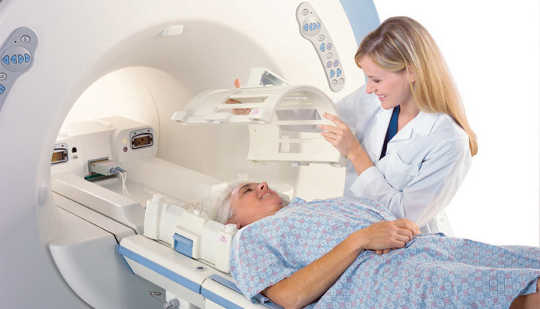
Researchers are testing a non-invasive way to determine if treatments for Parkinson’s slow or stop the progression of the disease.
The technique involves using magnetic resonance imaging (MRI) to reveal areas where the disease causes progressive decline in brain activity. These biomarkers offer a quantifiable way to measure how medications address not just symptoms, but the neurological changes behind them.
MRI scans evaluate five areas of the brain that are key to movement and balance.
Previous studies have used imaging techniques that require the injection of a drug that crosses the blood-brain barrier.
“Our technique does not rely upon the injection of a drug. Not only is it non-invasive, it’s much less expensive,” says David Vaillancourt, a professor in applied physiology and kinesiology at the University of Florida and senior author of the study published in Neurology.
Vaillancourt and colleagues used MRI scans to evaluate five areas of the brain that are key to movement and balance. A year after the baseline study, the 46 Parkinson’s patients in the study showed declining function in two areas: the primary motor cortex and putamen.
Parkinson’s-related disorders evaluated in the study also showed declines: The 13 subjects with multiple system atrophy had reduced activity in three of the five areas, while the 19 with progressive supranuclear palsy showed declines in all five areas. The brain activity of the 34 healthy control subjects did not change.
The finding builds on a 2015 study that was the first to document progressive deterioration from Parkinson’s via MRI, showing an increase in unconstrained fluid in an area of the brain called the substania nigra. An study beginning in November will use both biomarkers to test if a drug approved for symptom relief can slow or stop progressive degeneration.
The National Institutes of Health funded the work.
Source: University of Florida
Related Books
at InnerSelf Market and Amazon
























